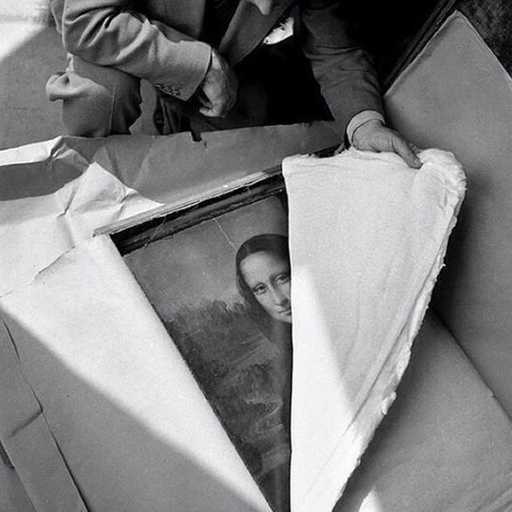
During the 20th century, developments that took place in military trauma care for injuries that involved the musculoskeletal system greatly predisposed civilian emergency medicine. This photograph depicts a team of young medical professionals and assistants performing emergency surgery on an injured soldier during World War II in 1944.
-
Norman Kirk, a U.S Surgeon General for most of World War II, was responsible for overseeing medical organizations that could assist during the War. What Kirk found was more extensive than what any of his predecessors had ever found; with an organization that had 535,000 medics, 57,000 nurses, 47,000 physicians and 2,000 veterinarians. It was understood at the time that more than 700 overseas hospitals were responsible for initial care of the injured.
-
Between the years of 1939-1945, 78 military hospitals were left to care for nearly 600,000 patients throughout the War. The succession of care for the injured began with combat medics, who were assigned to each battleground. When the Korean War began in 1950, the U.S Army Medical Department was in the process of reorganizing and resituating. More secure and populated medical departments were created after the War continued, allowing the mortality from all wounds to decrease to a staggering 2.4%.
@historyphotographed
سفارش تبلیغات به @saebkhanzadehbot
